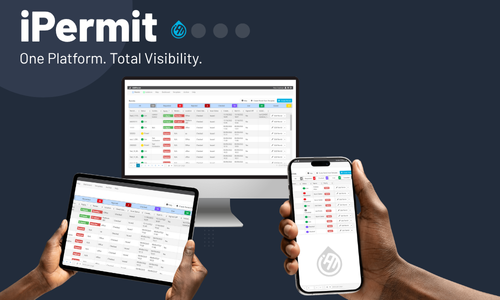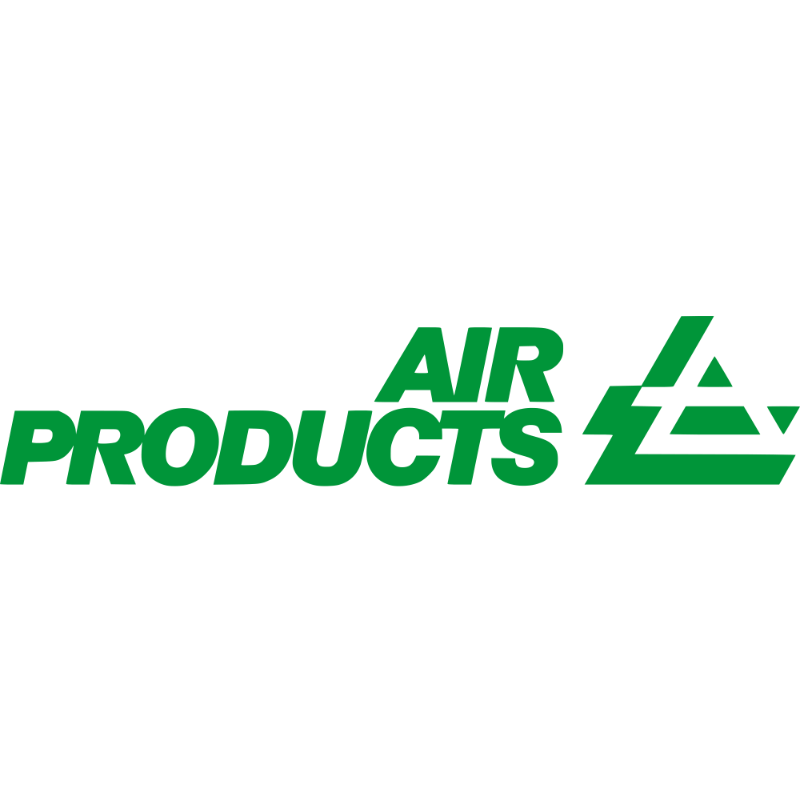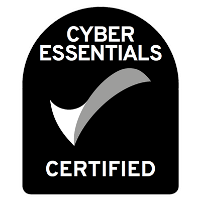
Introduction
In high-risk industries such as construction, manufacturing, and energy, safety compliance is not merely a regulatory obligation—it is a critical component of operational integrity. Organizations must balance risk management, regulatory adherence, and workforce protection without compromising efficiency.
Electronic permit to work software (also known as safety permit software or an electronic permit to work system) has emerged as a transformative solution in this space. By digitizing the permit-to-work process, companies can streamline workflows, enhance communication, and maintain compliance with greater ease and precision.
This article explores how electronic permit to work systems are reshaping workplace safety and compliance practices across the United States.

What Is Electronic Permit to Work Software?
Electronic permit to work (ePTW) software is a digital platform designed to replace traditional, paper-based permit systems for managing hazardous work activities.
It enables organizations to issue, monitor, and manage work permits online, ensuring that tasks such as hot work, confined space entry, and electrical maintenance are properly authorized and executed with appropriate safety controls.
An e-permit to work system centralizes safety procedures, risk assessments, and approval workflows in a single, intuitive interface, enhancing oversight, accountability, and operational agility.

Why Safety Compliance Matters
In high-risk operational environments, even minor oversights can result in serious injuries, environmental harm, or significant financial and reputational consequences.
Regulatory bodies such as OSHA enforce stringent compliance standards, and failure to adhere can result in substantial penalties.
However, safety compliance goes beyond regulatory box-checking—it's about actively safeguarding lives and preventing incidents. Leveraging safety compliance software like ePTW fosters a proactive, systematized approach to risk management and legal conformity.
Benefits of Electronic Permit to Work Systems
Improved Efficiency and Time Management
Manual permit systems often delay operations due to the need for physical documentation and sequential approvals.
In contrast, digital permit management automates and accelerates the creation, review, and approval process, reducing administrative burden, improving permit turnaround times, and freeing up critical resources.
Enhanced Communication and Collaboration
Electronic permit to work systems create a unified platform for stakeholders—safety managers, supervisors, and frontline workers—ensuring everyone has real-time access to the same information. This transparency minimizes the risk of miscommunication and supports coordinated decision-making.
Real-Time Monitoring and Reporting
With live visibility into permit status, job progress, and safety metrics, teams can identify and resolve issues proactively. Integrated risk assessment tools assist in detecting potential hazards early, allowing for informed planning and timely intervention.
Key Features of Electronic Permit to Work Software
Digital Permit Management Capabilities
From initiation to closure, permits are managed within a structured digital framework, ensuring accuracy, traceability, and full documentation. Automated workflows ensure each procedural step is completed and logged, supporting audit readiness and accountability.
Integrated Risk Assessment Tools
Contemporary permit to work software includes built-in risk assessment features (JSA) that allow safety personnel to evaluate hazards, define mitigation strategies, and communicate relevant risks to all involved personnel—strengthening overall operational safety.
Regulatory Compliance Software Integration
Leading platforms offer seamless integration with regulatory compliance software, enabling organizations to align safety protocols with national and international standards. This integration simplifies compliance reporting, facilitates smoother audits, and reduces the likelihood of regulatory infractions.
Traditional vs. Electronic Permit to Work Systems
Limitations of Traditional Systems
- Higher risk of human error and document loss
- Slower approval cycles due to manual processes
- Limited real-time oversight of permit activities
- Difficulties scaling across large or multi-site operations
Advantages of Digital Solutions
- Standardized procedures across departments and locations
- Instant access to historical permit data and documentation
- Improved transparency and accountability
- Reduced compliance risks and more efficient audit preparation
Case Studies
Anonymized
Construction Safety Software: Improving Hot Work Permit Approvals
A major U.S. construction company implemented electronic permit to work software to streamline the management of hot work permits across multiple sites. The result was a 40% reduction in permit approval time and measurable improvements in safety audit performance.
Manufacturing Sector: Enhancing Maintenance Safety
A U.S.-based manufacturing facility adopted an e-permit to work system to better coordinate high-risk maintenance operations. The platform improved collaboration between operations and safety teams, contributing to a 30% reduction in safety incidents within the first year.
Conclusion
Summary of Key Takeaways
- Electronic permit to work software supports safer, more efficient, and more compliant work environments.
- Digital systems improve communication, accelerate approval workflows, and enhance visibility into safety risks.
- Integrating tools for risk assessment and regulatory compliance enables a holistic, data-driven approach to safety management.
- Industries such as construction and manufacturing are already realizing the tangible benefits of digital transformation in safety operations.
The Future of Safety Compliance
As safety expectations and regulatory frameworks continue to evolve, so must the systems that support them.
Adopting e permit to work systems is not simply a technological upgrade—it is a strategic investment in long-term operational resilience, workforce protection, and regulatory alignment.
To learn more about how iPermit, electronic permit to work can help you and your operations, visit the iPermit product page or contact us today for a free demo.




































